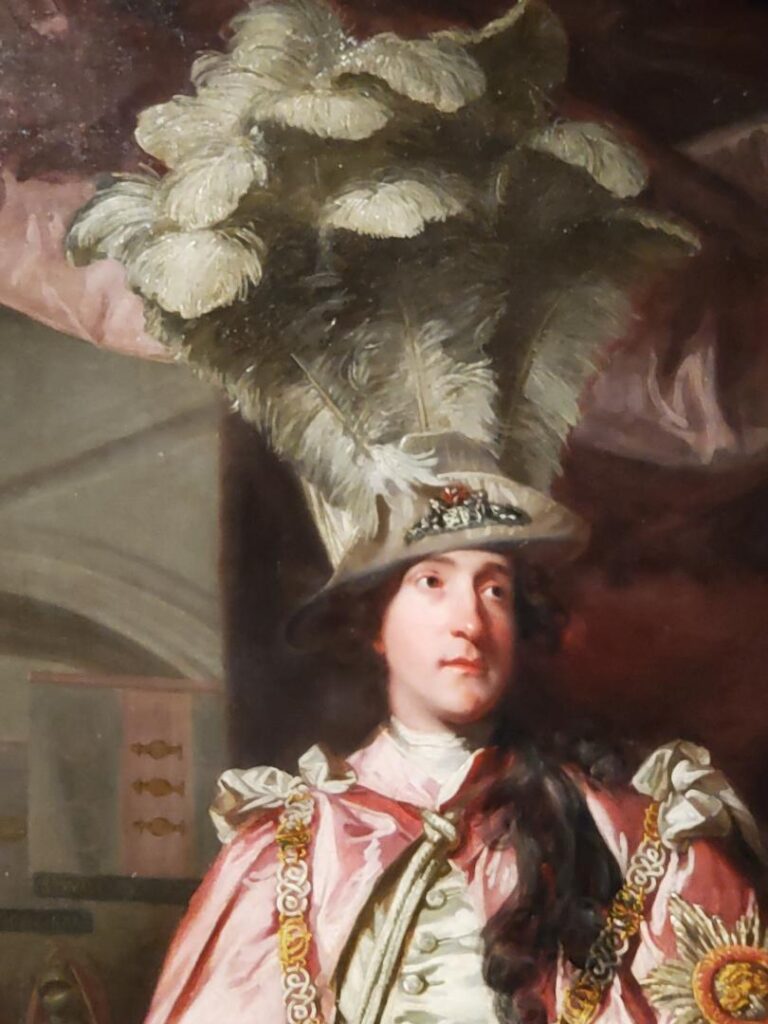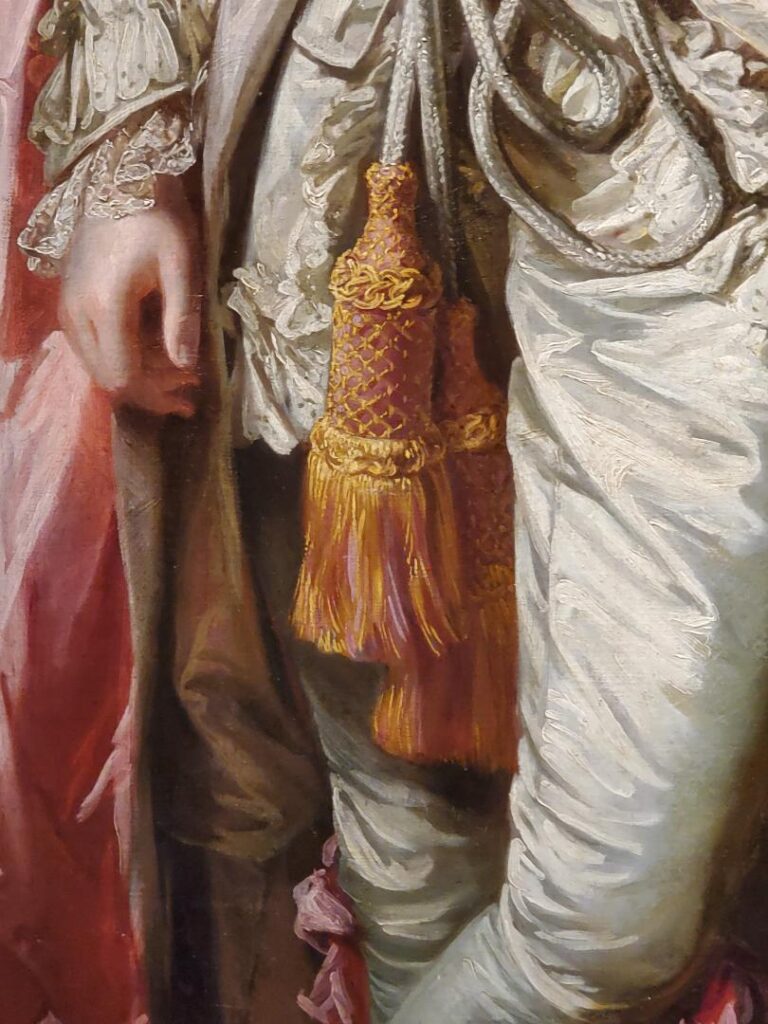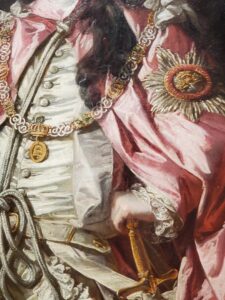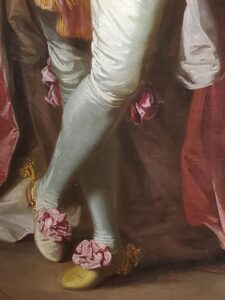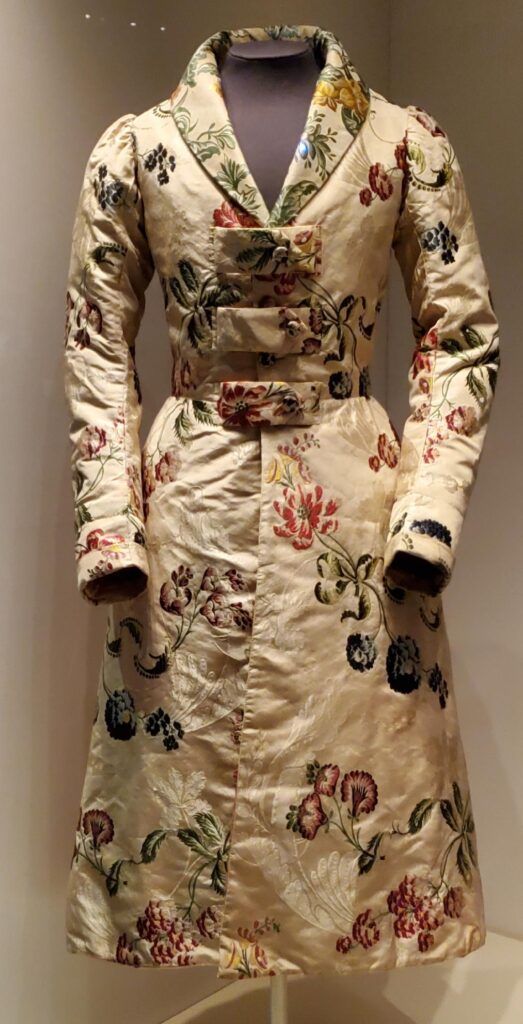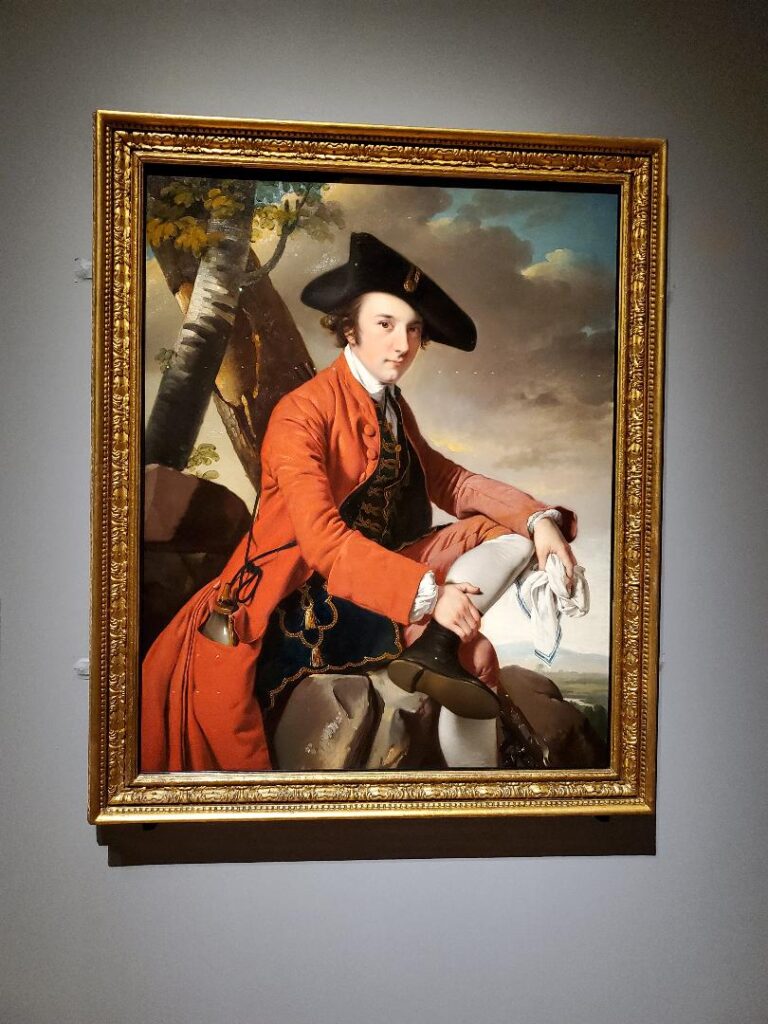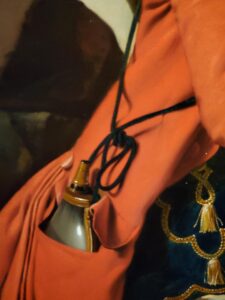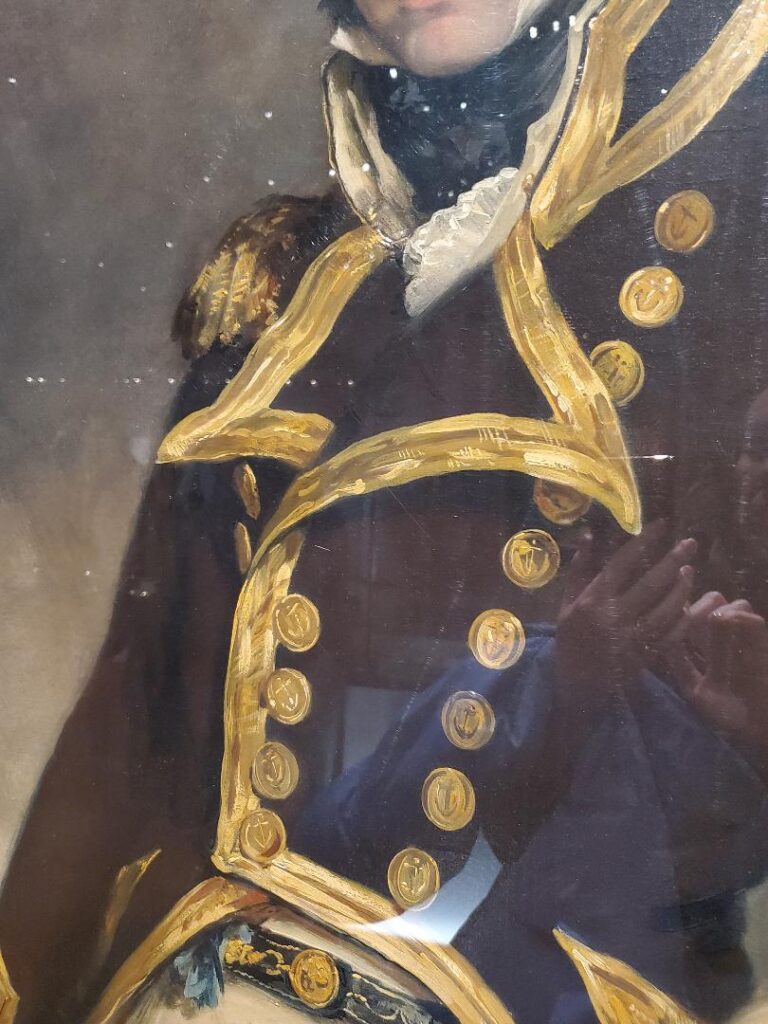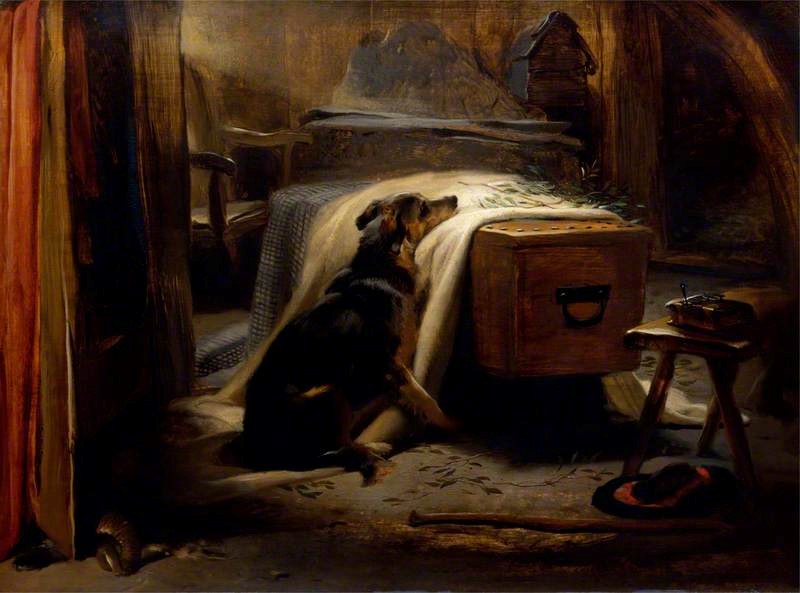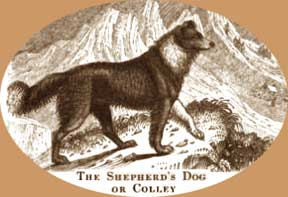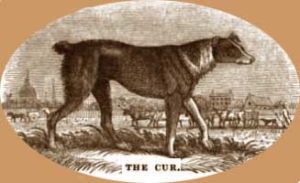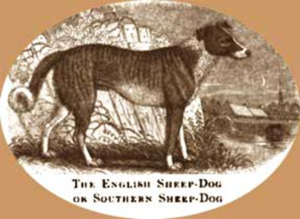The Things You Learn When Researching an Erotic Regency Romance Series
Not that! Get your mind out of the gutter!
Louisa Cornell
The game of chess was created in India during the Gupta dynasty in the 6th century. By the 10th century it had spread from Asia to the Middle East and Europe. Two incidents in 13th-century London, in which men of Essex resorted to violence resulting in death as an outcome of playing chess, caused alarm among government and Church officials. The Church came out against the game, but that did not stop chess from being played. The practice of playing chess for money became so widespread during the 13th century that Louis IX of France issued an ordinance against gambling in 1254. This ordinance turned out to be unenforceable and was ignored by commoners and courtly society alike, which continued to enjoy prohibited chess tournaments uninterrupted.
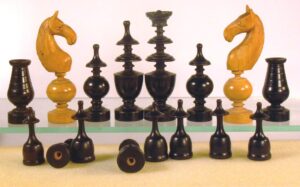
Napoleon played chess as a young man and throughout his life was believed to have used chess strategies in fighting the Peninsular Wars.
The second half of the 18th century saw the game of chess become increasingly popular in England. Coffee houses offered rooms as locations for chess lessons with famous players.
François-André Danican Philidor (1726 – 1795), a musician and composer by profession, was considered perhaps the top chess player in France. Fortunately for the growing chess popularity in Britain, he visited London several times from 1747–1754, in the 1770s, and finally even lived there after he fled from the French Revolution. In London, he tested his skills against the strongest British chess player, Sir Abraham Janssen, in 1747. They played at the Old Slaughter’s Coffee House, and Philidor won. This was the beginning of Philidor’s career as the most beloved chess master of Georgian England. In 1749 his Analysis of Chess was published in London, the first chess book to explain the openings, the middle game, and the general strategy of chess. In the 1770s, Philidor played chess and offered lessons at the Salopian Coffee House at Charing Cross and at Parsloe’s Coffee House in St. James Street.
In 1774, Philidor encouraged chess players to form the Chess Club at Parsloe’s. The club was exclusive and highly fashionable. Membership was limited to 100 players of rank, influence, and chess skills. Charles James Fox, the Marquis of Rockingham, Count Bruehl, Lord Harrowby, and General John Burgoyne were some of the first members. The club members convinced Philidor to be their teacher, and he obtained remuneration as a chess master every year for a regular season from February to June. Chess lessons at the club with Philidor cost 5 shillings (60 cents) each. Needless to say, ladies were not allowed.
The Chess Club at Parsloe’s became the heart of British chess and it attracted customers with spectacular events. Every year, Philidor amazed audiences by playing three blindfold chess games simultaneously. A report of one such event was published in The Morning Post:
“The celebrated Mr. Philidor, whose unrivalled excellence at the game of Chess has long been distinguished, invited the members of the Chess-club, and the amateurs in general of that arduous amusement, to be present on Saturday last at a spectacle of the most curious kind, as it was to display a very wonderful faculty of the human mind, which faculty, however, is perhaps exclusively at present his own. “
(The Morning Post, 28 May 1782)
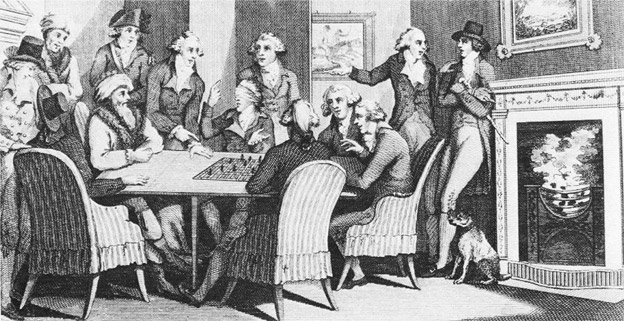
Philidor’s death in 1792 was a heavy blow for the club which gradually declined in importance afterwards.
At the turn of the 19th century, the upper-middle class embraced chess. Verdoni, Philidor’s successor as London’s chess master, passed on his knowledge to several men of the newly emerging middle class that became crucial for the further development of chess in Britain.
One of these men was Jacob Henry Sarratt (born in France in 1772), originally a schoolmaster. In 1804 Sarratt was considered London’s strongest player, and he became the house professional at the Salopian at Charing Cross. Sarratt called himself Professor of Chess and taught chess at the price of a guinea per game.
On April 6, 1807, the London Chess club was formed at Tom’s Coffee House in Cornhill; Sarratt was one of its most active members. The club was mainly frequented by merchants and members of the Stock Exchange. Membership dues were 3 guineas per year, and one guinea per entrance.
On July 9, 1813, the Liverpool Mercury published the first newspaper chess column.
Additionally, the number of publications on chess rose. The emphasis was on practical learning:
1816 – An Easy Introduction to the Game of Chess: containing 100 examples of games and a Great Variety of Critical Situations and Conclusions
https://archive.org/details/aneasyintroduct01frangoog/page/n8/mode/2up
1817 – Oriental Chess by William Lewis (1787-1870) The first chess problems book printed in England
1817 – John Cazenove, the president of the London Chess Club, published “A selection of curious and entertaining games at chess: that have been actually played”
What about the ladies?
Ladies would play at home or at gatherings with neighbors or friends. A number of paintings from the era depict ladies doing just that. However, chess clubs did not admit women until the late 19th century.
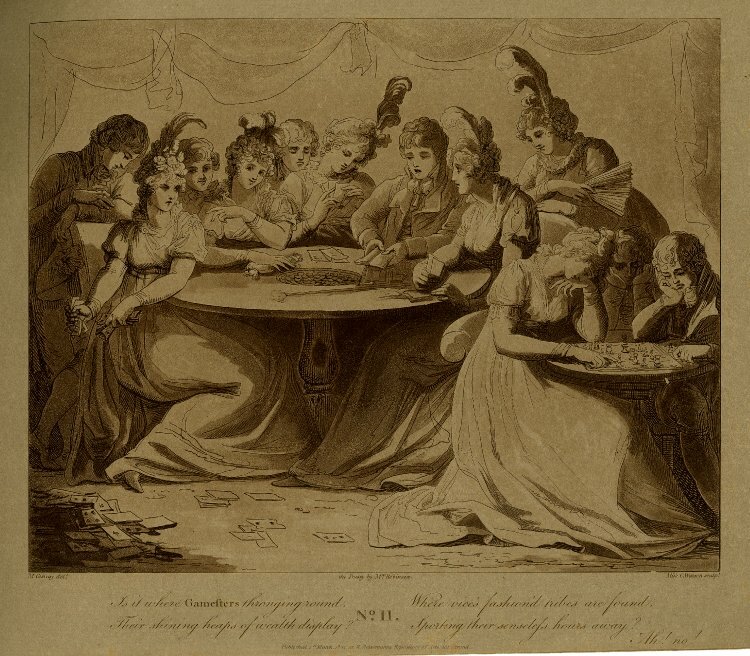
There is an informative post on the advent of women in chess at the link below.
https://www.chess.com/blog/batgirl/ladies-enry-into-the-chess-world
Were there women chess masters during the Regency era? Very likely so. The possibility is the premise for BOOK FOUR in the Regency erotic romance series – Sex, Lies, and Forbidden Desires. Read on to learn more!
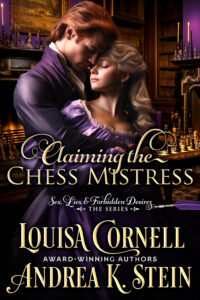

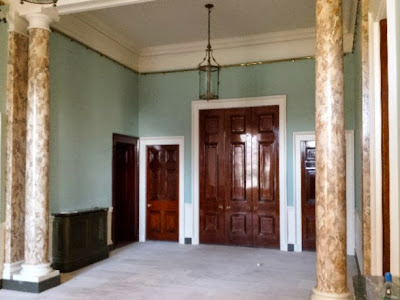
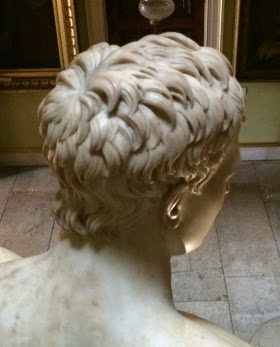
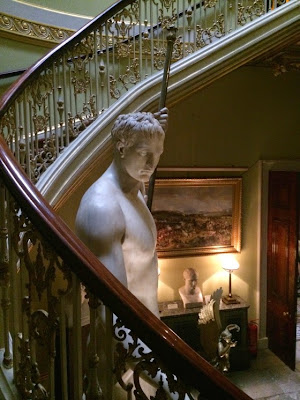


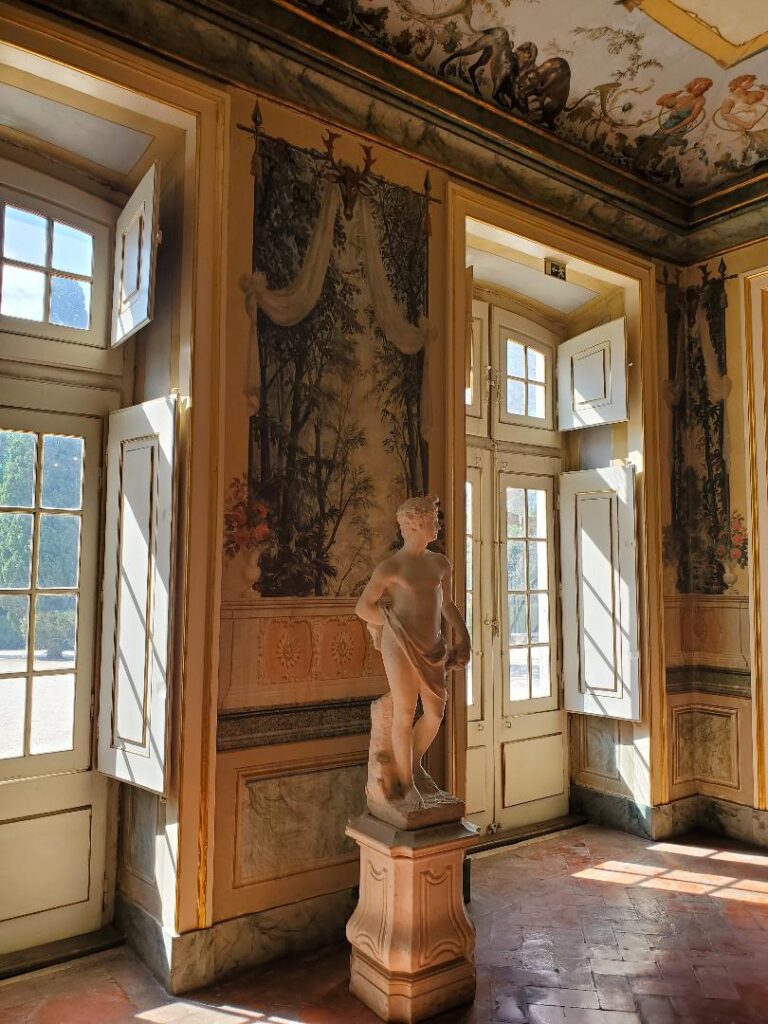

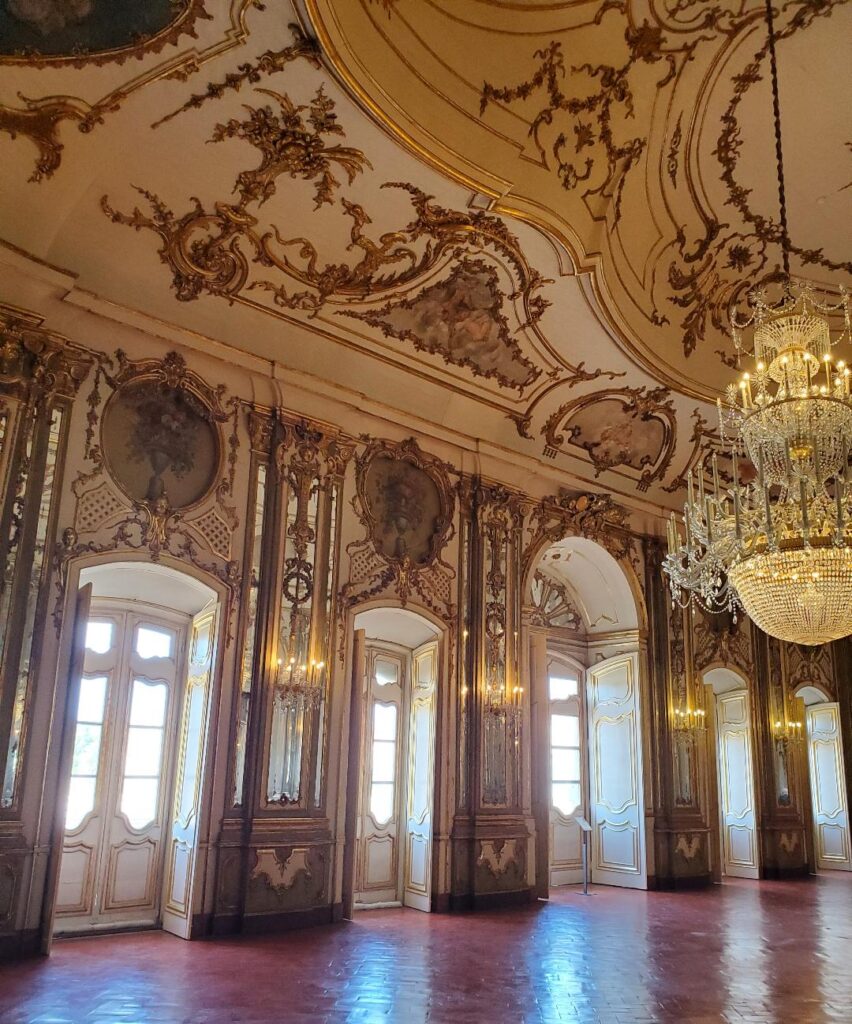
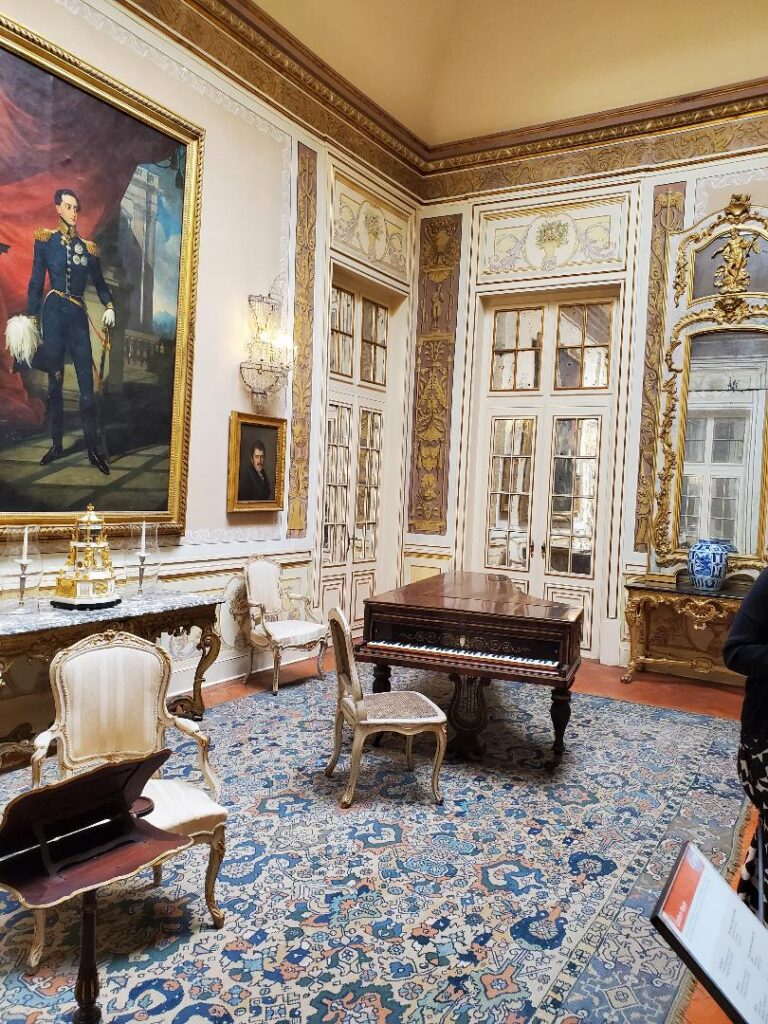
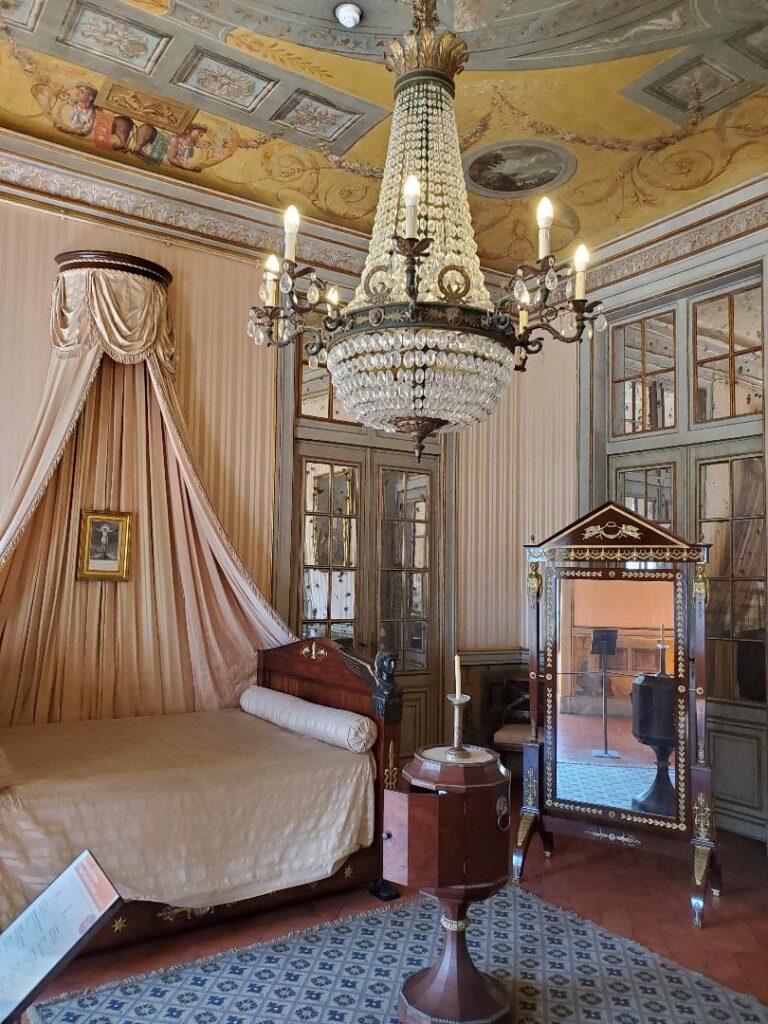
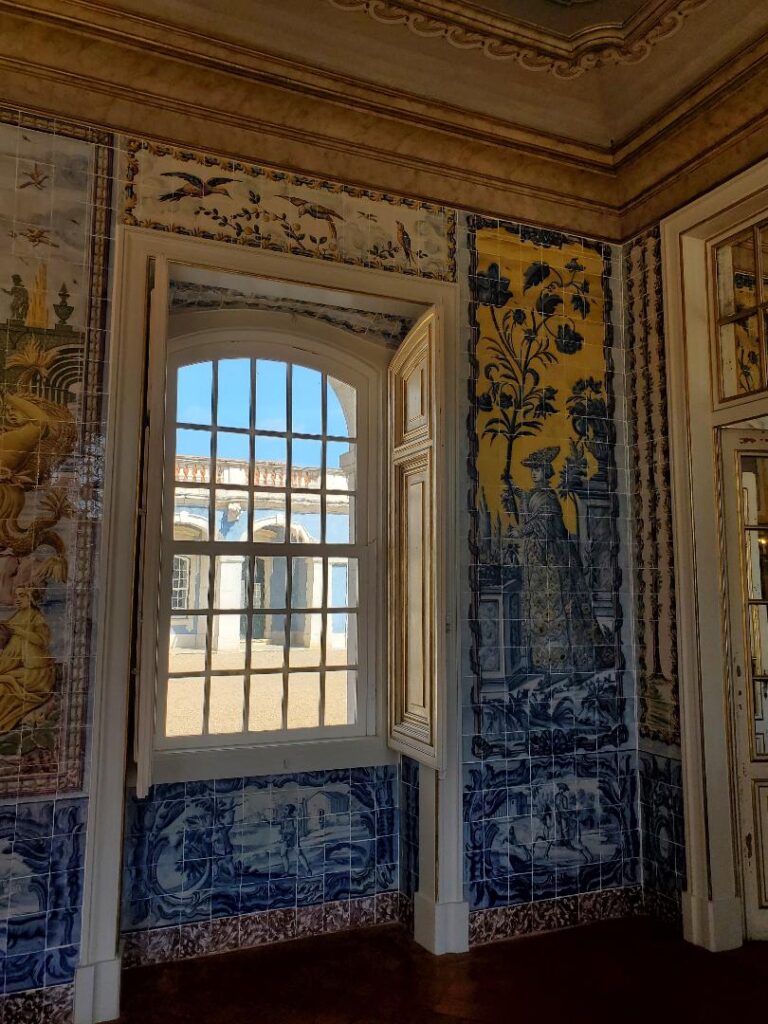
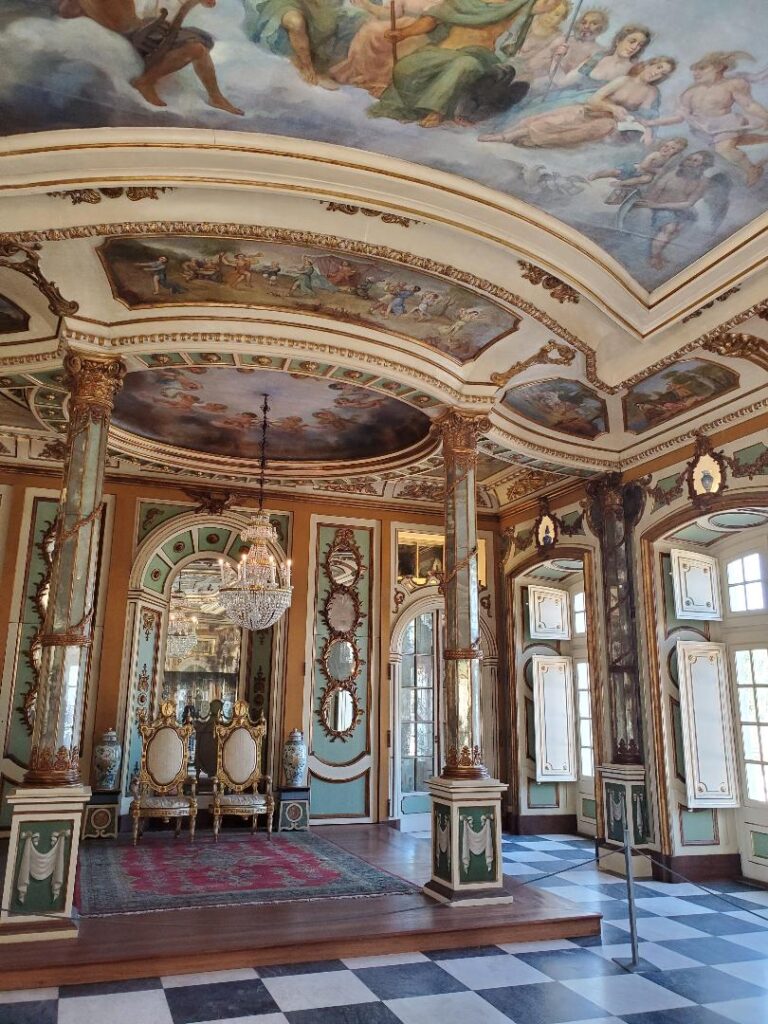


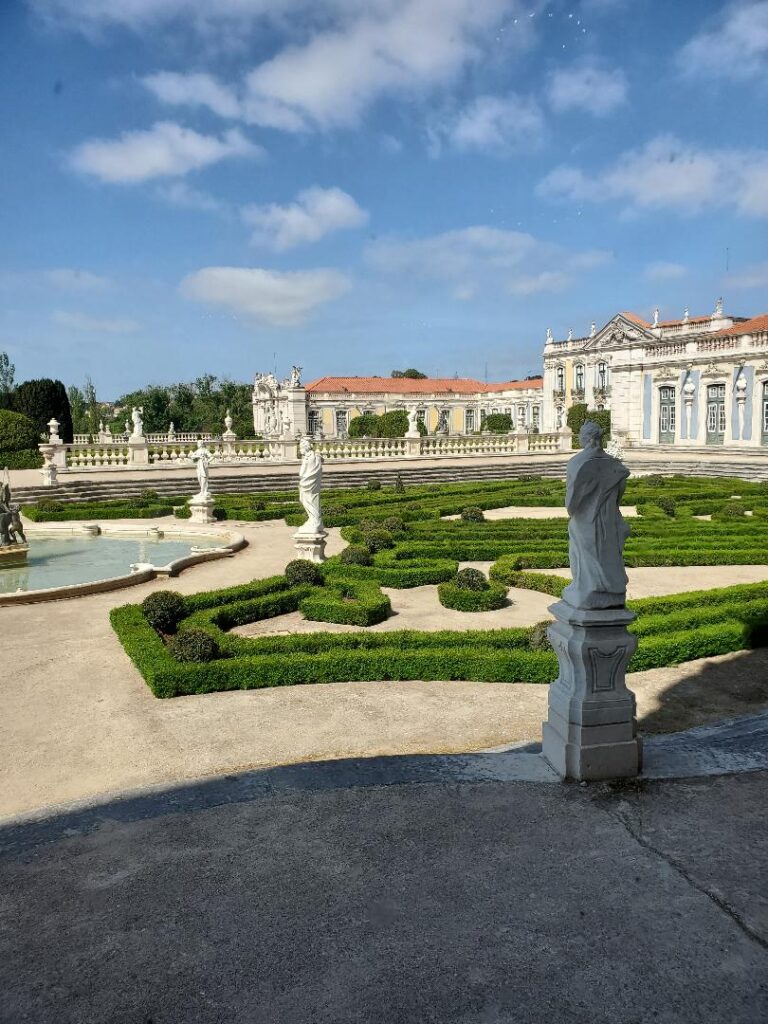

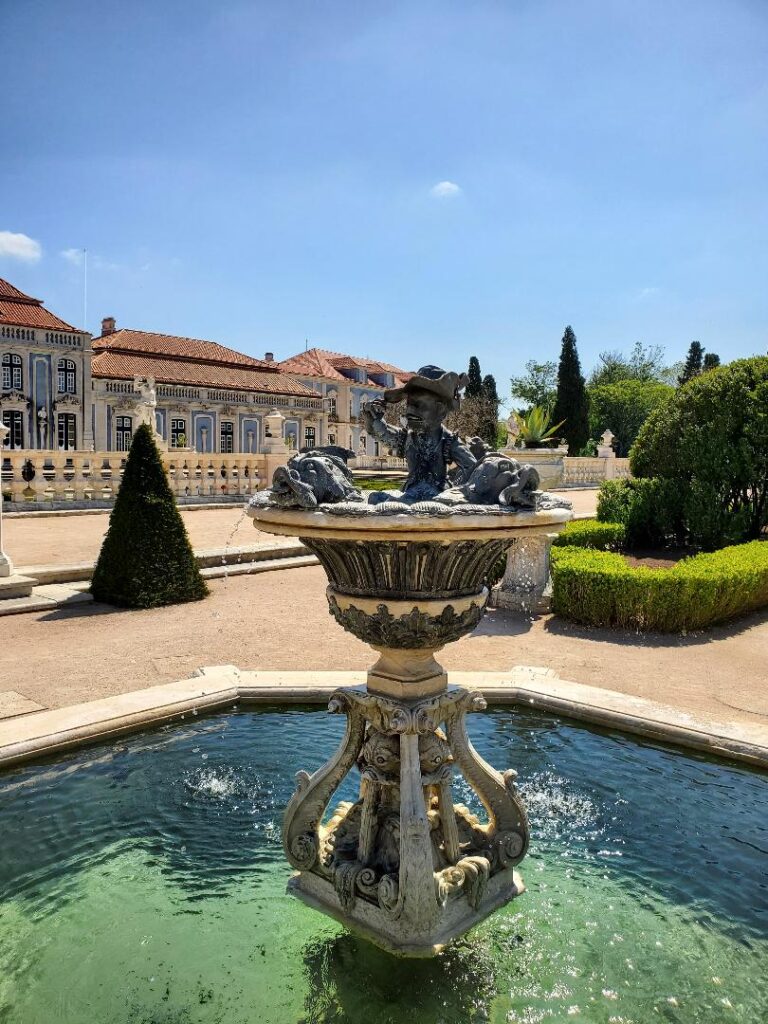
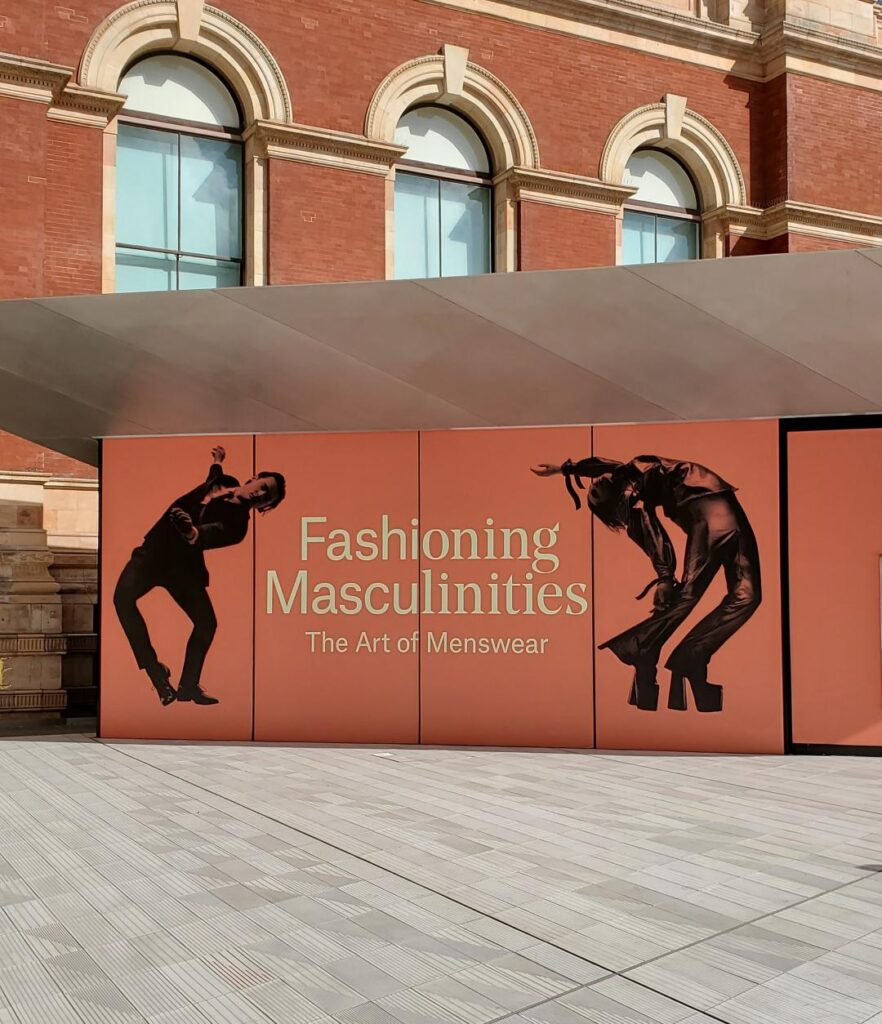
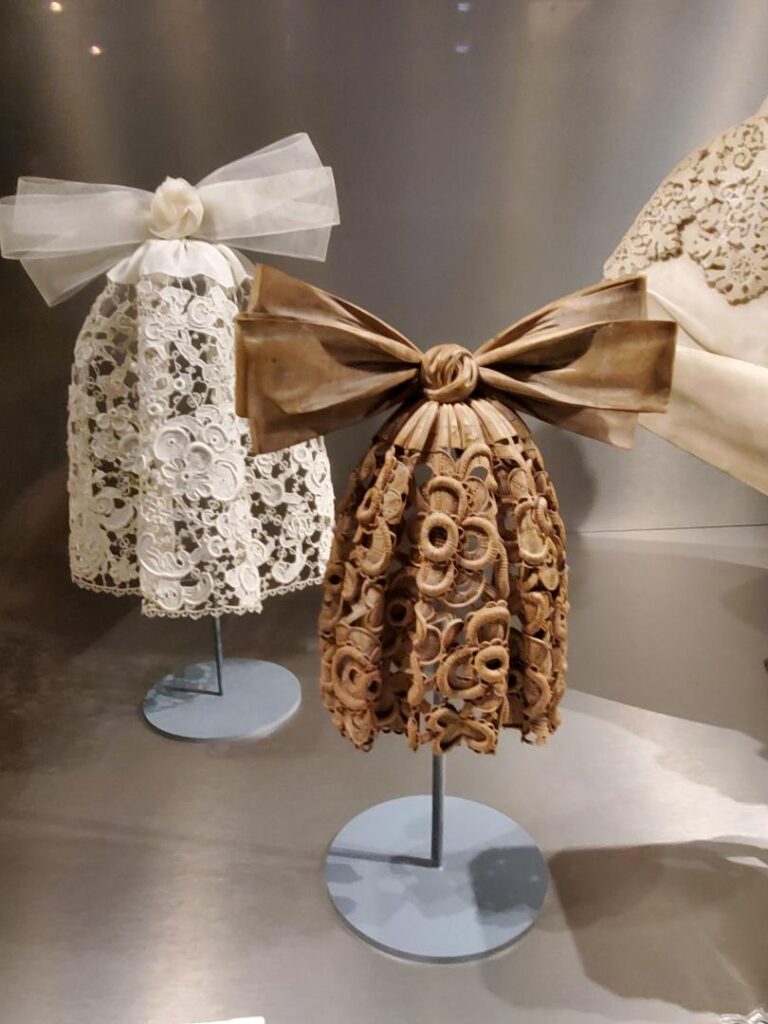 Once owned by Horace Walpole, the wooden cravat above was carved to imitate gros point de Venise, a heavily textured lace fashionable for both men and women during the middle of the 17th century.
Once owned by Horace Walpole, the wooden cravat above was carved to imitate gros point de Venise, a heavily textured lace fashionable for both men and women during the middle of the 17th century.
